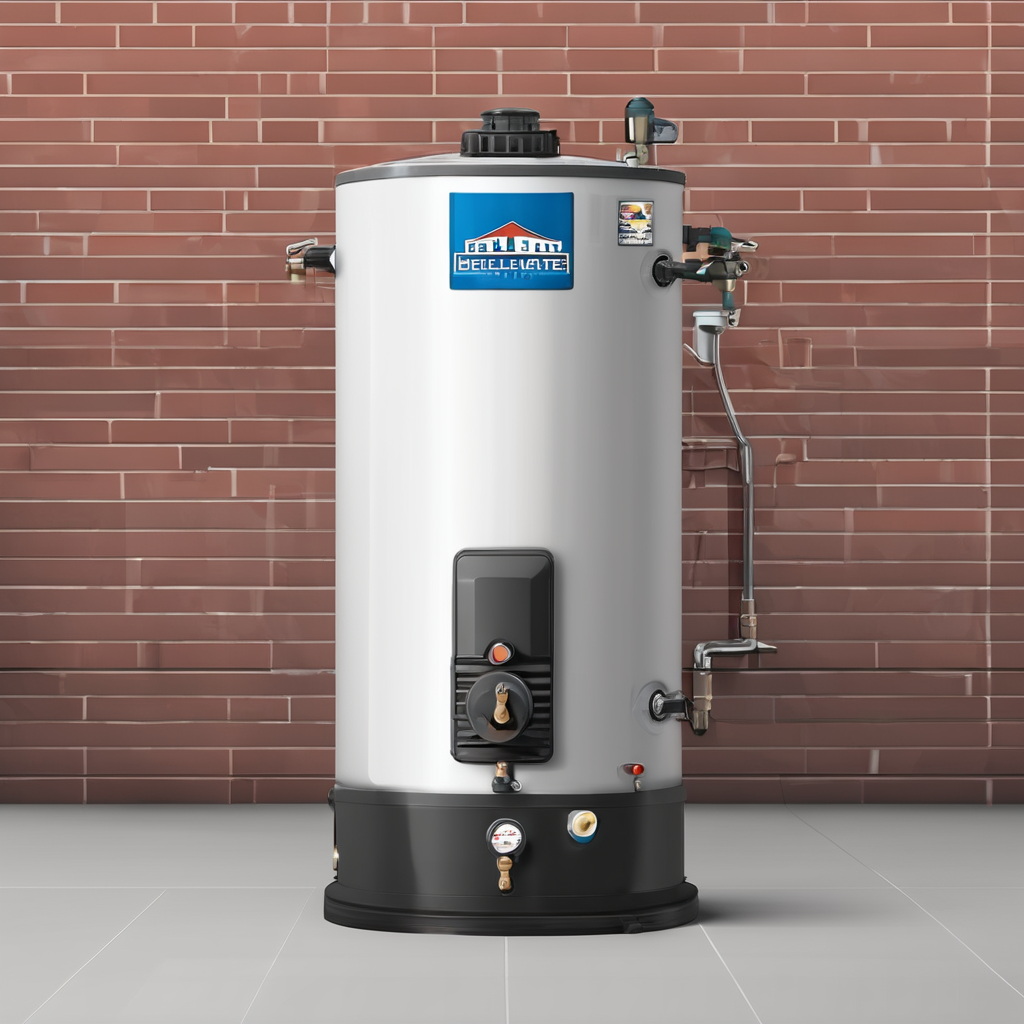Maintenance cost breakdown by pool size in the UK
Understanding pool maintenance cost UK requires examining the typical expense categories: chemicals, cleaning, heating, and routine servicing. These components vary significantly depending on pool size maintenance expenses, which are influenced by whether the pool is small, medium, or large.
For small pools, chemical use tends to be lower, with cleaning and servicing costs also comparatively modest. Medium pools require more chemicals and frequent servicing, particularly if used regularly. Large pools escalate costs further due to increased water volume needing heating and more extensive cleaning demands. For example, a small indoor pool in the UK may have annual maintenance costs around £1,200, while a large outdoor pool could exceed £4,000, reflecting the wider range of upkeep activities.
In the same genre : Discover the best sustainable heating solutions for indoor pools in the uk
The UK swimming pool costs also shift depending on indoor or outdoor pool type. Outdoor pools usually incur higher heating expenses due to exposure to cooler climates, while indoor pools may require more ventilation-related servicing. In addition, outdoor pools face greater chemical demands to combat rainwater dilution and debris.
Accurately anticipating pool maintenance cost UK depends on identifying these factors and scaling them appropriately for the pool’s size and environment. This detailed approach allows pool owners in the UK to budget effectively for upkeep throughout the year.
Topic to read : Revitalize your uk pool into a tropical haven: key tips for crafting your personal paradise
Regional and climatic factors affecting pool maintenance costs
Pool maintenance cost UK varies notably by region due to differences in energy prices, water availability, and access to local suppliers. In northern UK areas, higher heating demands raise UK swimming pool costs, especially for outdoor pools. Conversely, southern regions may benefit from milder climates, reducing heating needs but potentially increasing chemical use due to higher evaporation rates.
The UK’s often unpredictable weather—characterized by frequent rainfall and cooler temperatures—impacts pool size maintenance expenses significantly. Frequent rain dilutes pool water, complicating chemical balance and boosting chemical costs. Heating requirements escalate in colder months, further influencing regional pool costs. Indoor pools shielded from weather extremes still face ventilation and humidity control, which also contribute to ongoing expenses.
Additionally, swimming pool regulations UK impose standards for water treatment and safety that can affect maintenance routines and costs. Compliance with such regulations may increase servicing frequency or require investment in specialized equipment, influencing overall pool maintenance cost UK. Awareness of local climate and regulation nuances helps pool owners plan budgets more precisely and adapt maintenance practices accordingly. This understanding is crucial for managing both expected and unforeseen expenses effectively.
Real-world pool maintenance cost insights across different sizes
Real-world pool maintenance cost examples in the UK reveal notable variations by pool size. Small pools often show annual running costs around £1,200 to £1,500, mainly driven by lower chemicals, cleaning, and servicing needs. Medium pools, typically used more frequently, average between £2,500 and £3,000 yearly due to increased chemical consumption and more regular servicing.
Large pools represent the highest UK pool owner experiences in expense, with costs frequently surpassing £4,000 annually. This reflects the extensive water volume demanding greater heating and more intensive cleaning schedules. Outdoor pools commonly incur higher overall maintenance costs across all sizes because of factors like weather exposure and additional chemical requirements for balancing rain and debris.
Surveys of UK pool owners and specialists highlight that managing swimming pool expense data UK effectively depends on tailored maintenance strategies aligned with pool size. For example, proactive servicing plans reduce unexpected repairs, while optimized chemical dosing helps control costs. These insights stress the importance of understanding specific operational demands linked to pool size for budgeting pool maintenance cost UK accurately and avoiding hidden expenses.
Tips for cost-effective pool maintenance in the UK
Optimizing pool maintenance cost UK begins with adopting energy-efficient heating and circulation systems. Choosing heat pumps or solar heating can significantly reduce electricity consumption compared to conventional heaters, slashing UK swimming pool costs on energy bills. Efficient pump operation schedules that avoid unnecessary run times also conserve electricity without compromising water quality.
Smart purchasing of chemicals and servicing during off-peak seasons can deliver cost savings. Bulk buying stabilizers and sanitizers in early spring prepares for increased needs without last-minute premium pricing. Aligning professional servicing with annual maintenance checks helps catch issues early, preventing costly repairs later and smoothing out pool size maintenance expenses over time.
Regular, planned maintenance schedules are crucial. Routine cleaning combined with precise chemical dosing ensures balanced water, reducing excessive chemical use. Implementing automatic chemical feeders or monitoring systems helps pool owners maintain ideal conditions more consistently, lowering overall expenditure.
Incorporating these strategies creates sustainable savings while preserving water quality and equipment lifespan. Pool owners who actively manage consumption, buying, and servicing can noticeably reduce pool maintenance costs UK while maintaining a safe, enjoyable swimming environment throughout the year.



